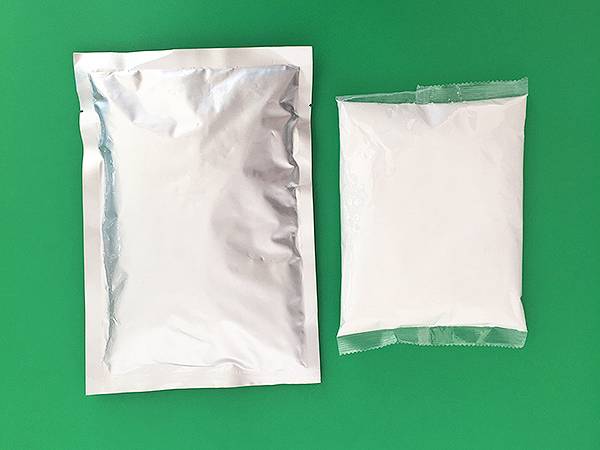



naoh 1 1
Understanding the Significance of NaOH The 1% Solution
Sodium hydroxide (NaOH), commonly referred to as caustic soda or lye, is a powerful alkaline compound widely used in various industries. Among its numerous concentrations and formulations, a 1% solution of NaOH holds particular significance in both laboratory and industrial applications. This article aims to explain the properties, uses, and safety considerations of a 1% NaOH solution.
Properties of 1% NaOH Solution
A 1% NaOH solution contains 1 gram of sodium hydroxide dissolved in 100 milliliters of water. This concentration is relatively mild compared to more concentrated solutions, which can be hazardous due to their corrosive nature. At this diluted concentration, the solution maintains its alkaline properties, which are critical in various chemical processes. The solution has a pH level of approximately 13, making it basic and capable of neutralizing acids effectively.
Applications of 1% NaOH Solution
One of the primary applications of a 1% NaOH solution is in the field of analytical chemistry. It’s often utilized as a titrant for acid-base titration experiments in laboratories. The neutralization reactions between NaOH and acids provide crucial data for determining the concentration of unknown acid solutions, aiding in quantitative analysis. Moreover, it helps in the calibration of pH meters and the preparation of buffer solutions.
In the food industry, a 1% NaOH solution is utilized for food processing and cleaning purposes. It is effective in peeling fruits and vegetables by breaking down the skins, which is particularly useful in the production of canned goods. Additionally, it is employed in cleaning and sanitizing food processing equipment, ensuring that the surfaces are free of organic and inorganic residues.
naoh 1 1

Another significant application of the 1% sodium hydroxide solution lies in biological research and medical laboratories. It is commonly used to prepare cell lysates for protein extraction or to adjust the pH of biological samples. The ability of NaOH to denature proteins is beneficial in various experimental protocols, including gel electrophoresis.
Safety Considerations
Despite its widespread use, handling sodium hydroxide, even at a 1% concentration, requires caution. Proper safety measures should always be in place to prevent accidents. Although less hazardous than highly concentrated solutions, 1% NaOH can still cause irritation to the skin and eyes. It is crucial to wear appropriate personal protective equipment such as gloves, goggles, and lab coats when working with this solution.
If accidental skin contact occurs, it is recommended to rinse the affected area with plenty of water for at least 15 minutes. In case of eye exposure, immediate irrigation with water is critical, followed by professional medical assistance. Furthermore, it’s essential to store sodium hydroxide solutions in clearly labeled containers to prevent misuse or accidental ingestion.
Conclusion
The 1% sodium hydroxide solution plays a vital role in various applications across multiple fields, from analytical chemistry to the food industry and biological research. Its effectiveness as an alkaline agent makes it indispensable in many processes. However, the importance of adhering to safety protocols cannot be overstated. Understanding the properties and applications of 1% NaOH helps in harnessing its benefits effectively while ensuring safety in laboratory and industrial environments. As research and industry continue to evolve, sodium hydroxide will undoubtedly remain a fundamental compound in the chemical landscape.
-
Why Sodium Persulfate Is Everywhere NowNewsJul.07,2025
-
Why Polyacrylamide Is in High DemandNewsJul.07,2025
-
Understanding Paint Chemicals and Their ApplicationsNewsJul.07,2025
-
Smart Use Of Mining ChemicalsNewsJul.07,2025
-
Practical Uses of Potassium MonopersulfateNewsJul.07,2025
-
Agrochemicals In Real FarmingNewsJul.07,2025
-
Sodium Chlorite Hot UsesNewsJul.01,2025










